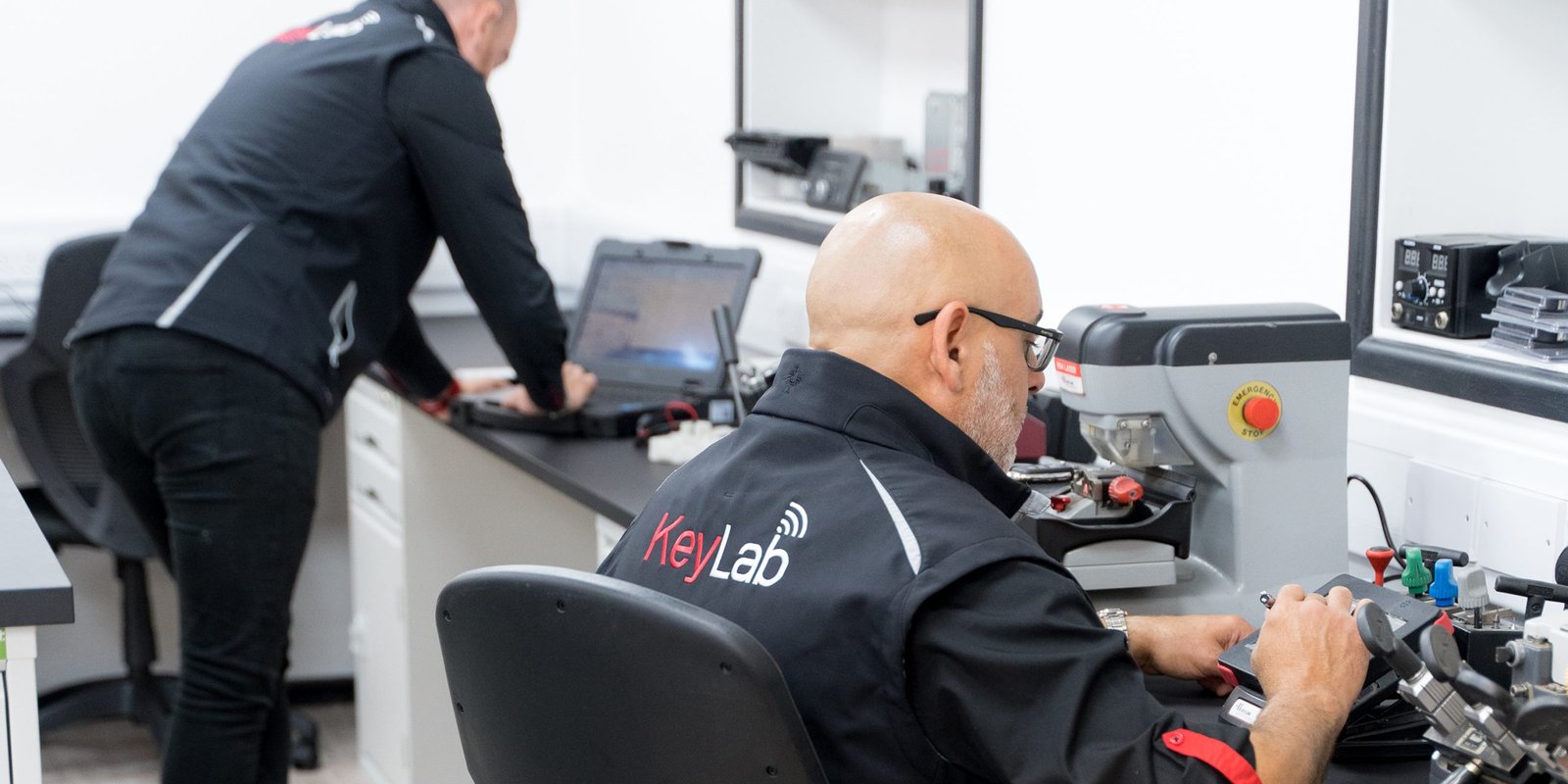Key Replacements: An In-Depth Guide to Understanding and Implementing Effective Substitutions
Introduction
In the realm of various markets-- from automobile to innovation-- the term "key replacements" symbolizes the practice of replacing a stopping working or inadequate component with a brand-new or enhanced version. Understanding key replacements is vital for preserving functional efficiency, boosting efficiency, and ensuring safety. This article delves into the different elements of key replacements, exploring their importance, execution techniques, and typical questions surrounding the subject.
What Are Key Replacements?
Key replacements refer to the process of substituting an important component within a system, gadget, or machinery that is essential to its performance. These replacements can occur in multiple sectors, including vehicle, innovation, and even personnels. By proactively identifying and replacing visit the next post , organizations and individuals can prevent system failures, preserve performance, and boost security.
Significance of Key Replacements
The significance of key replacements can not be overstated; they serve numerous functions that contribute to the general effectiveness of systems. A few of their critical functions consist of:
- Preventing System Failures: Key replacements assist prevent catastrophic failures by resolving worn-out or malfunctioning components before they develop considerable concerns.
- Enhancing Performance: Upgrading to more recent parts can improve system performance, resulting in better output and performance.
- Cost-Efficiency: Effective replacements can decrease repair work expenses, extend the life expectancy of the entire system, and ultimately save money.
- Safety Assurance: In sectors like automobile and equipment, key replacements make sure that security standards are kept, lessening risks to workers and users.
- Compliance: In managed markets, timely replacements might be a legal requirement to meet security requirements.
Key Replacement Strategies
Implementing key replacements successfully requires a strategic method that aligns with the operational objectives of an organization. Below are several techniques to consider:
1. Regular Maintenance and Inspections
Carrying out regular maintenance and examinations can assist identify components that may require replacement before they stop working. A well-defined maintenance schedule ought to include:
- Visual Inspections: Check for noticeable signs of wear or damage.
- Performance Monitoring: Track the performance of key elements.
- Use Analysis: Keep records of how typically an element is used, which can anticipate wear patterns.
2. Data-Driven Decision Making
Utilizing information analytics can assist companies make informed decisions concerning when to replace key parts. Carrying out systems for data collection can result in:
- Predictive Maintenance: Identifying potential failures before they occur using historic data.
- Cost Analysis: Evaluating the cost implications of repairing versus changing elements.
3. Partnership with Suppliers
Establishing strong relationships with suppliers and makers makes sure access to quality elements and prompt replacements. Sufficient cooperation can lead to:
- Favorable Terms: Negotiating much better rates and terms.
- Quality Assurance: Gaining confidence in the quality and reliability of replacement parts.
4. Training and Education
Informing and training staff members included in the replacement procedure can significantly improve performance. Providing details on best practices and new innovations can assist guarantee:
- Maximized Efficiency: Employees understand the ideal methods for changing elements.
- Decreased Errors: Minimized risk of errors throughout the replacement procedure.
Kinds Of Key Replacements Across Industries
Key replacements vary across markets, each with its particular components and practices. Below are some common enters various sectors:
Automotive Industry
| Part | Replacement Reason |
|---|---|
| Engine Oil | Avoid wear and enhance performance |
| Brake Pads | Guarantee security and responsiveness |
| Tires | Improve traction and fuel performance |
Innovation Sector
| Part | Replacement Reason |
|---|---|
| Disk drives | Boost data access speed |
| Batteries | Restore gadget mobility and performance |
| Circuit Boards | Improve gadget reliability and longevity |
Manufacturing
| Component | Replacement Reason |
|---|---|
| Conveyor Belts | Maintain functional performance and security |
| Safety Guards | Promote health and wellness compliance |
| Bearings | Minimize friction and facilitate smooth operation |
FAQs About Key Replacements
1. What is the most vital factor for replacing key elements?
The most important factor for replacing key components is to make sure system dependability and security, avoiding failures that might lead to pricey downtimes or hazardous scenarios.
2. How typically should I consider key replacements?
Key replacements must be considered based on the specific component's wear pattern, efficiency metrics, and upkeep schedule. Regular assessments should figure out the suitable periods for replacements.
3. What should I do if I am uncertain about a part's condition?
If not sure about a component's condition, it is a good idea to conduct an extensive assessment, review efficiency information, and seek advice from with specialists or producers for expert guidance.
4. Is it much better to fix or replace a key part?
The choice to fix or replace a key element depends on cost-effectiveness, dependability, and long-term advantages. Often, replacement might be more viable when thinking about lifespan and performance metrics.
5. Where can I discover trusted replacement parts?
Reliable replacement parts can normally be discovered through authorized dealerships, respectable providers, or straight from makers. Constantly confirm their reliability and inspect evaluations before buying.
Key replacements are an important component in preserving functional effectiveness and safety across numerous industries. By understanding the significance of these replacements, implementing strategic approaches, and resolving common questions, organizations can ensure that their systems remain robust and dependable. Future improvements in innovation and data analytics will further boost the depth and accuracy of key replacements, continuing to drive improvements in efficacy and security. Engaging proactively with this principle can considerably minimize risks and elevate general efficiency in any functional context.

